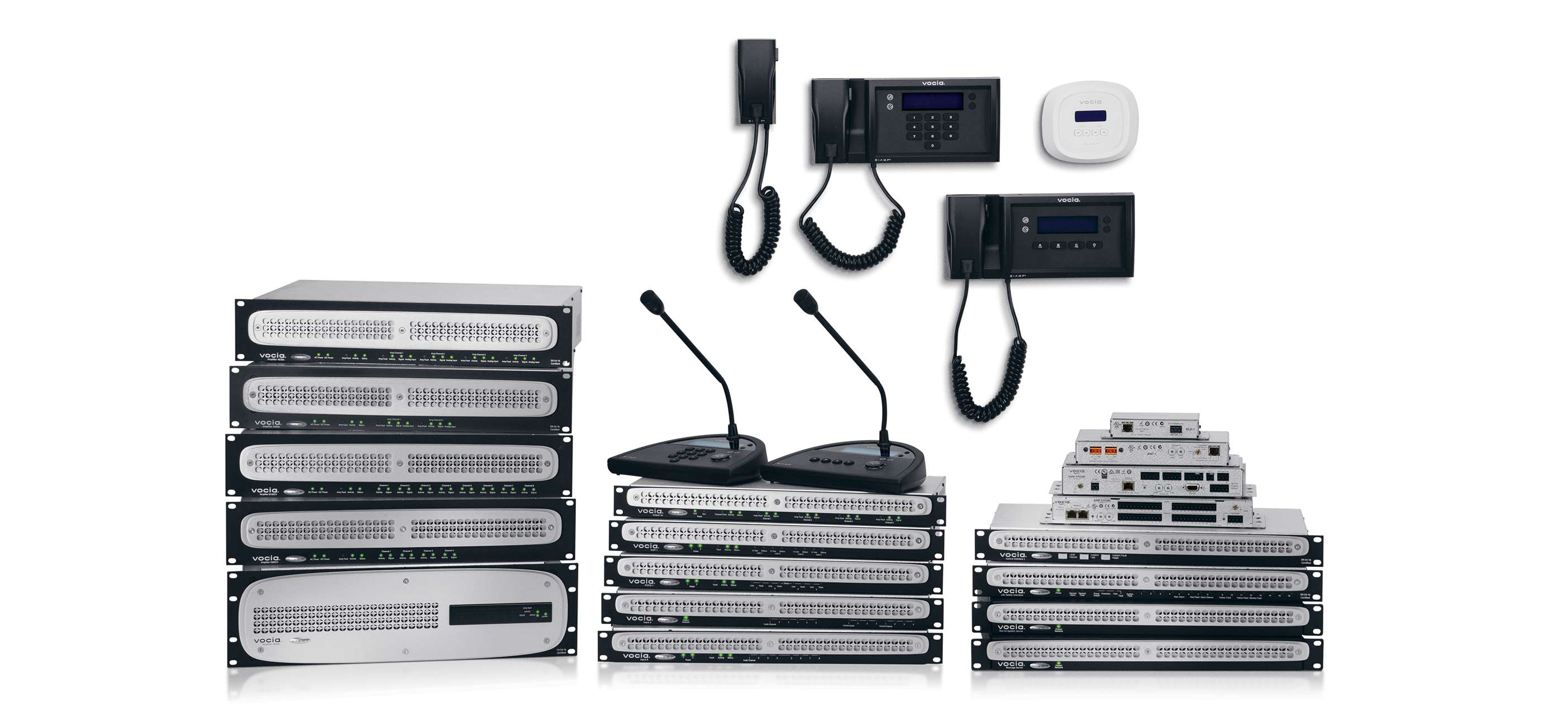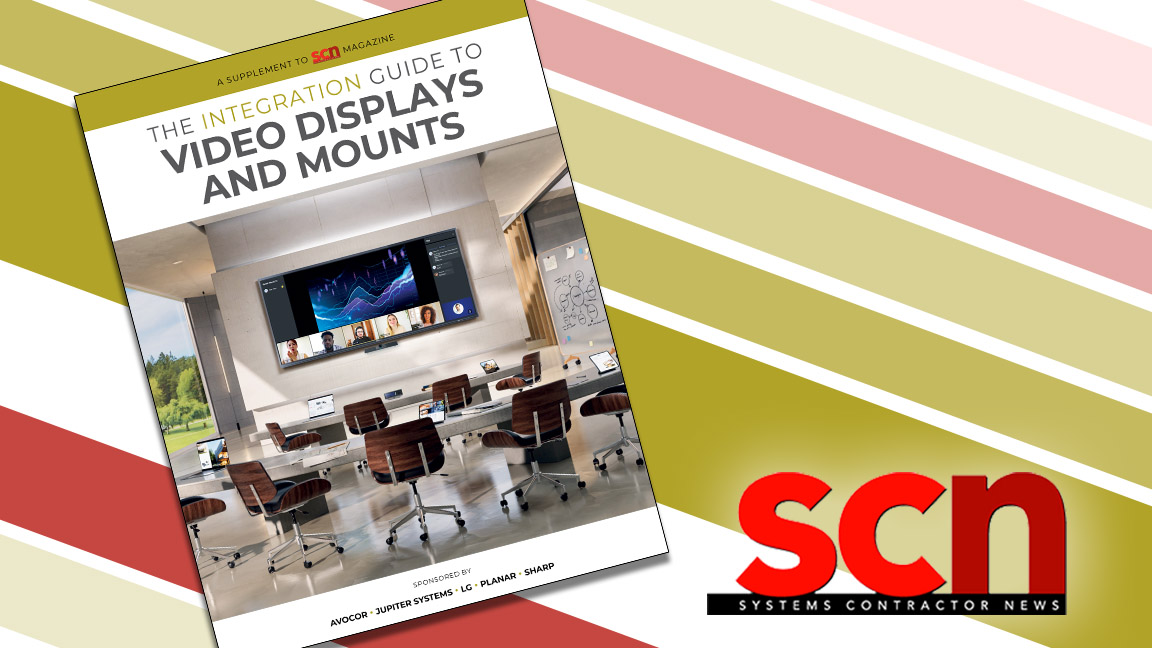Sound the Alarm: Mass Notifications and Emergency Communications

We never expect to find ourselves in an emergency situation, especially in a school, house of worship, or airport. But crisis can strike at any moment and in any facility, as the tragic news cycle reminds us. How can AV integrators play more pivotal roles in helping the public plan for the unimaginable? What systems and strategies can be deployed to safeguard against disaster? While mass notification and emergency notification systems need to be assessed and designed by experts in the field, it’s useful to stay current with the latest safety codes as they pertain to AV and notable offerings in audiovisual technology, from IP-enabled audio alerts to instant visual announcements.
National Fire Protection of Association 72 (NFPA-72)
In 2010, the National Fire Protection of Association (NFPA) changed its code 72 from fire alarm only to include mass notification and the design, installation, and performance characteristics of audio and video components and systems.
David Smith, vice president of marketing at Lencore, a company that engineers and builds system solutions for sound masking, paging, announcements, audio, and mass notification and emergency communication (MNEC), points to this code update as a development that helped to innovate within this sector of the marketplace. This was a “meaningful evolution” that recognized the needs for emergency notifications for events beyond fire, he said. Whether it is a weather-related or human-related threat, NFPA-72 helps to guide integrators and security professionals as they provide reliable means to distribute life safety information via audio and video signals.
Fire Alarm, Life Safety, and Mass Notification Emergency Communications (MNEC)
A key element of the NPFA-72 is the change to fire alarm, life safety, and mass notification emergency communications. Chapter 24 is of specific importance for AV integrators and professionals: it requires fire alarm evacuation systems to produce intelligible announcements. Technology/facility managers and AV systems integrators need to stay current with MNEC regulations and guarantee that their buildings are equipped to meet the new criteria for emergency notifications and life safety.
According to Lencore, the code requires that audible messages must have “reach and clarity,” meaning that they must be clear and intelligible throughout a building or structure and meet specific requirements, as well as visible notifications as achieved through digital signage, strobes, textual, graphic, or video interfaces. An emergency communications system must quickly inform and instruct people of the threat(s) and direct them to safety.
A daily selection of the top stories for AV integrators, resellers and consultants. Sign up below.
Smarter MNEC
Where possible and where supported, modern MNECs can integrate audio, zoned paging, signage, social media platforms, email, strobe lights, and text messaging. Since failure is not an option, the more points of communication, the better, but only if they are absolutely synced and working together cohesively. When every second counts, a mass notification system can help prevent chaos.

That’s how Mark Rushton sees it. The business development manager of VITEC, a manufacturer of end-to-end video streaming solutions, signage, and IPTV, Rushton explained that, in crowded situations where an incident might occur, and despite the best training, there might be confusion and panic. Due to the nature of human traffic and swarming, people may start shouting or running.
“Most people find in an [emergency] situation that they forget everything that they’ve been taught, perhaps even only half an hour ago,” Rushton said. “But when there are visual cues and there is calm and collected information,” there is more order and efficient movement. When every second counts, this kind of streamlining is critical. “That’s what we’re suggesting you do with the digital signage platform,” he said.
Another scenario that is helpful to consider, Rushton suggested, is creating a “one-button scenario on an automated signage system.” If the system is connected to a fire alarm system, for example, it could automatically change all the signage into an information evacuation procedure. Signs could then indicate: “Your nearest exit is this way”; “Please leave this area while we investigate an issue that we’re experiencing”; “This area is now closed. Your nearest exit is in this direction.” Each digital display can ultimately become an instant “evacuation sign,” Rushton said. With the right planning and visual cues, an automated system can help to remove the guesswork from the process.
Redundancy
Even the best automation and programming cannot help if a signal is lost, which is why redundancy essential for MNECs. Some AV stakeholders in the industry view redundancy in two ways: planning multiple means of communication and also having a redundant signal with a failover capability in the signal pathway and redundancy of hardware. “We need multiple signals that are sent out to the different communication devices,” said Lencore’s David Smith. If there is a compromise or a break in the line of signal communication, it would have to be instantly picked up somewhere else. If an amplifier dies, it has to automatically switch over to a live one. If a speaker goes out, an alert must identify the failure.
AV and IT convergence is proving beneficial for system redundancy, according to Josh Srago, CTS, consultant, writer, analyst, and design engineer for TEECOM Consulting Group. Srago recently consulted on a high-level, wide-area mass notifications system for exterior paging on a school campus. “Through mesh networking and spanning trees, we have the capability of plugging it into the network and setting it up for redundant pathways that take place digitally [in separate pathways], as opposed to analog,” Srago said.
Intelligibility
The audio components of MNECs aren’t just extra loud speakers with incredible coverage patterns. Every MNEC system needs to be highly “intelligible” in relation to the space and users it serves. Intelligibility is paramount, but it has nuances based on user needs, specific venue locations (indoor and outdoor), and live events. The NFPA-72 code identifies acoustically distinguishable spaces (ADS) and requires that intelligibility requirements STI (Speech Transmission Index) are met for inhabited spaces. Annex D is dedicated to all the design, testing, and performance parameters of intelligible announcements. New systems can allow different information to be distributed to different paging zones if necessary.
Ultimately, when it comes to intelligibility, everyone must understand all words and sounds with total clarity, because in the event of an emergency, it is hard to predict how they may react. It’s also important to ensure there there will be no breakdown in the signal. There are increasingly effective ways, particularly via IP, to integrate a variety of third-party components, like audio, video, and lighting, to create a cohesive, time-sensitive MNEC.
Risk Assessment and Needs Analysis
It is critical for AV integrators and consultants to verify the completion of a risk assessment and correlating plan for deployment. From there, the AV professional can understand what that communication plan should look like and how to execute it. Just like any other project, the earlier the better to gather stakeholders at the planning table, including the IT team. Consultants can play a key role in exploring current systems, potential deficiencies, and future MNEC needs. There is another reality: some schools may need local law enforcement and first responders to provide buy-in about collaboration during a critical emergency.
Who, then, “owns” a mass notifications risk assessment? While consultants and integrators can join in collaboratively to help all parties understand the technological requirements and the interplay with AV, space, and design, ultimately the risk assessment responsibility falls to the owner of the facility, facility manager, or technology manager.
MNECs for a New Generation
As organizations explore the potential benefits of big data, and intelligent building automation becomes more robust, a new generation of room monitoring software dashboards can provide interfaces to view, monitor, control, and record information from integrated building systems, including MNECs.
Additionally, understanding the culture of a facility is important when planning the mass notifications systems of tomorrow. Think of how many ways there are to communicate and share protocol information. In a facility filled with Gen Z students or millennial employees, how would they want to be contacted? What are the most effective methods to reach them instantly? How can MNEC planning accommodate for the handicapped and or differently abled? What the NPFA-72 code does suggest is that an organization must have redundancy for communication; you cannot send out one audible message or rely on one digital signage display alone. Multiple means of communication are required to ensure that all organizations members receive that emergency message.
When it comes to text messaging, approval is a major challenge faced by universities. Who can utilize student information such as cell phone numbers? David Smith told SCN that he has heard of examples where universities have collected cell phone numbers and then misused that information. “The danger of this is that people will disconnect from that notification system, or ‘opt out,’ he said. “Therefore, you’ve just eliminated the means of communication that you thought was maybe your primary method.”
In that case, if SMS alerts were not possible, the strategic integration of IP-based audio paging, digital signage, and visual paging would help students stay calm and carry on.
Train Up
In the past few years, SynAudCon has held trainings on Emergency Communication Systems and Code Requirements for Speech Intelligibility. Stay current with SynAudCon’s training schedule via www.prosoundtraining.com.
Mass Notification Criteria
In designing a MNEC system, the four key elements, according to Lencore, are reach, clarity, redundancy, and reporting.
• Reach is about coverage to 100 percent of the intended audience to inform and instruct. Reach can be visual and/or audible throughout the entire facility.
• Clarity is the degree to which the intended audience understands the message they are receiving.
• Redundancy is the system’s built-in fail safes. A MNEC system should be able to not only notify you of a compromise in the system, but it should ensure 24/7 operability with a redundant signal.
• Reporting capabilities for the system provide real-time notifications should the system be tampered with, fall off-line, or if the integrity of a system component is compromised. Alert messages are automatically triggered so that issues can receive immediate attention.
—Courtesy of Lencore
Margot Douaihy, Ph.D., is a lecturer at Franklin Pierce University.

